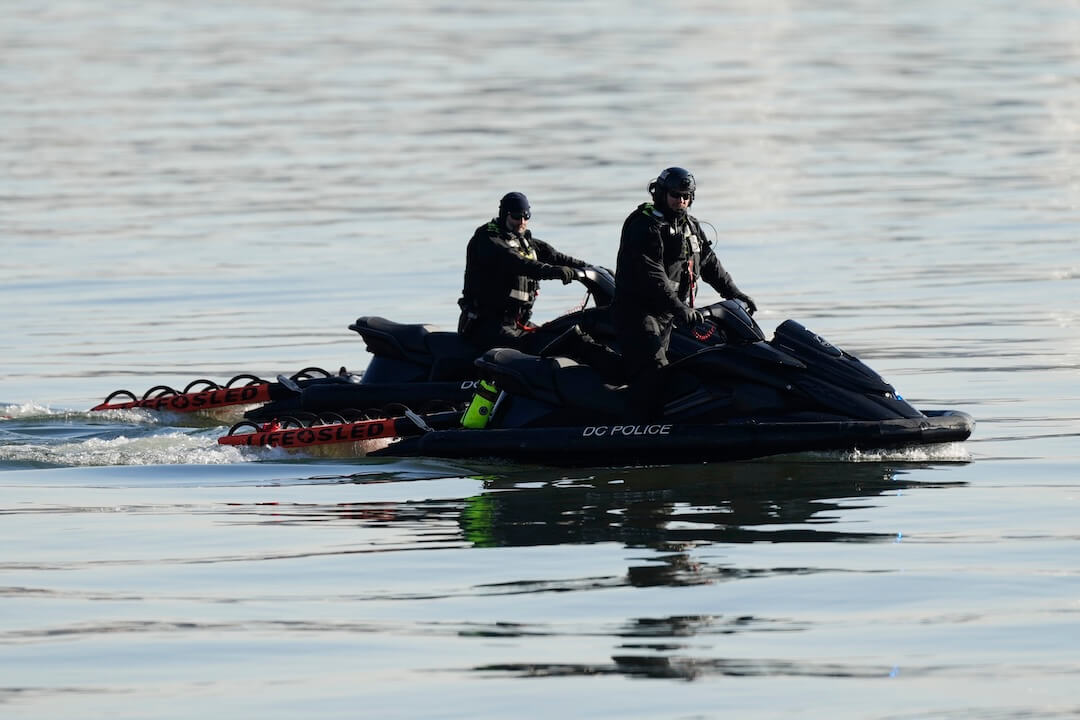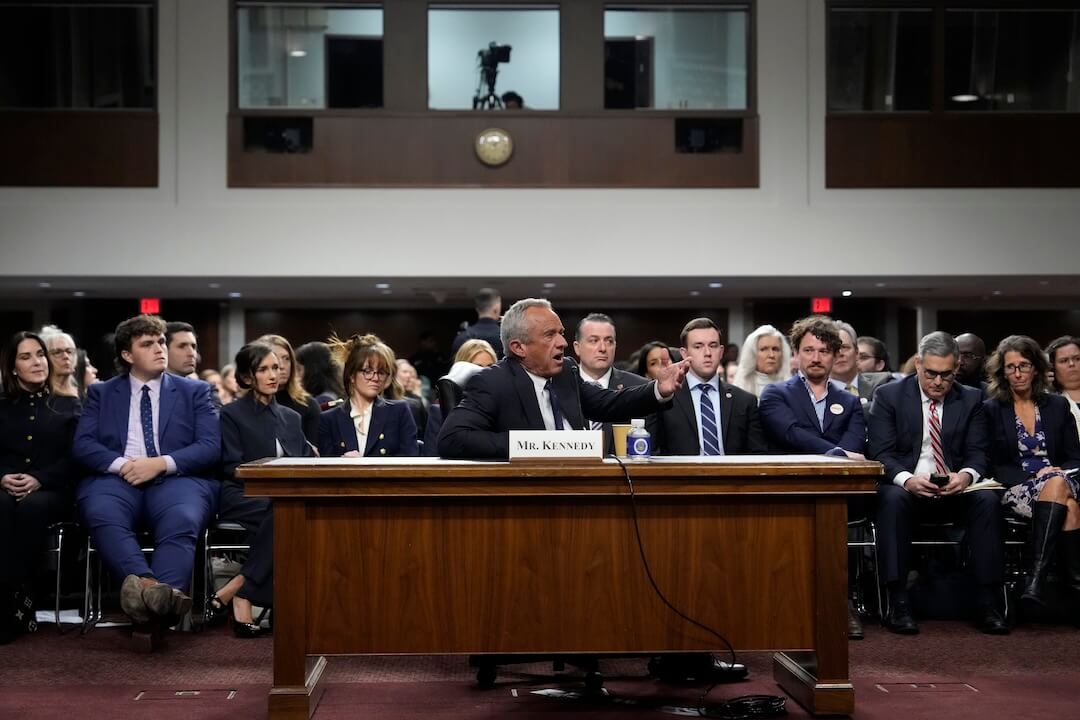What’s in a name? That which we call a rose
By any other name would smell as sweet.
William Shakespeare (1564 -1616), “Romeo and Juliet”, Act 2 scene 2
In real life, unlike in Shakespeare, the sweetness of the rose depends upon the name it bears. Things are not only what they are. They are, in very important respects, what they seem to be.
Hubert H. Humphrey (1911 -1978)
Names. Some sound sweet, some sour. How they sound depends on what they mean to the speaker or writer, as well as to the one who hears or reads it.
The issue of names with regard to team mascots resurfaced recently when the Star Tribune announced it might abandon its policy of not using American Indian nicknames in its sports pages. Instead of banning their use, the newspaper would use guidelines about what names would be used.
Star Tribune Editor Anders Gyllenhaal wants a policy that would address the accuracy and reality of language that affects a variety of people, in addition to American Indians, according to an Associated Press report. The newspaper said it would seek feedback from its staff and regional American Indian leaders before any change occurs.
Gyllenhaal recognizes that the words news organizations use create certain images in people’s minds. And that news organizations want the images they convey to reflect the people they cover as accurately and as fairly as possible.
What does that require?
It requires that journalists understand that words, and especially names, categorize people. They create, or perpetuate, an historical context that helps or hinders our understanding of them. And words that carry multiple meanings and messages confuse rather than clarify.
The mascot issue highlights just one of the challenges that come when we use names and words that, while accurate in identifying something like a sports team, also may distort, or desecrate, someone’s history and image.
Jodi Rave, whose column usually appears here at this time, has addressed in a previous column how the use of certain images insults rather than inform us. In that column, she offers ways to think about the issue and some questions journalists can ask. She writes about American Indian issues for the Lincoln (Neb) Journal Star. (I’m subbing for her this week because she’s traveling on other assignments.)
As a Native American herself, she sees the impact of this issue on Native people. Rave recognizes that it’s a complicated matter that draws a mixed reaction, even among some Native people. Here’s what she e-mailed me about this topic when she was exploring this issue prior to the Star Tribune’s announcement:
“A Stanford University study asked Native high school students how they felt about the use of Native images as sports mascots and team names. Among the questions: Did the youths think the mascots were disrespectful? Did the youths care if Native images were used as mascots?
“The youths’ response was, yes, they thought use of Native images and names was disrespectful. On the other hand, they didn’t mind if the names and images were used by sports teams. The surveyors were puzzled. They asked the students to explain the paradox.
“The students’ reply: Being used as a mascot was better than being invisible. This coming from an age group that has the highest dropout and suicide rates in the country.
“Sports Illustrated did its own poll about how Natives felt about being used as mascots. They did phone interviews with 300 people who identified as Native. Guess what? The survey said the majority of Indians didn’t care if they were used as sports mascots.
“While Native youth — and maybe even some adults — might not understand the danger of stereotypes, many educated Native people do. When image makers — newspapers, radio, television, magazines — are asked to be respectful of Native peoples, who should they listen to? When Native people say they don’t like being paraded on national TV in turkey feathers, who should have the final word?
“A Sports Illustrated poll whose survey questions are claimed to be proprietary information? Or, say, an organization like the National Congress of American Indians (NCAI)?
“More than a decade ago, NCAI, the oldest and most influential Native advocacy organization in the country, passed a resolution calling for the abolishment of Native images as mascots by sports teams. To be sure, hundreds of high school and college sports teams have dropped Native-named teams. But in comparison, only a handful of newspapers have made it a policy to not print the names and images of those teams who still use them.”
The reason many news organizations continue to print such names and images may be because they believe that’s what accuracy requires. Those mascot names are the teams’ names. That’s a fact. That’s reality.
But what if those mascot names also distort reality by perpetuating stereotypical images of American Indians?
Facts, ignorant of context, can create communication problems of their own. If certain words keep people from understanding what news organizations want to convey in their reporting, it behooves journalists to find other, accurate words that make the point clear. Not because they want to be politically correct. But because they want to be journalistically correct – in every way to everyone who relies on them for news.





